calsfoundation@cals.org
Russellville (Pope County)
County Seat
| Latitude and Longitude: | 35º16’60″N 093º08’01″W |
| Elevation: | 354 feet |
| Area: | 28.30 square miles (2020 Census) |
| Population: | 28,940 (2020 Census) |
| Incorporation Date: | June 7, 1870 |
Historical Population as per the U.S. Census:
|
1810 |
1820 |
1830 |
1840 |
1850 |
1860 |
1870 |
1880 |
1890 |
1900 |
|
– |
– |
– |
– |
– |
– |
– |
825 |
1,321 |
1,832 |
|
1910 |
1920 |
1930 |
1940 |
1950 |
1960 |
1970 |
1980 |
1990 |
2000 |
|
2,936 |
4,505 |
5,628 |
5,927 |
8,166 |
8,921 |
11,750 |
14,518 |
21,260 |
23,682 |
|
2010 |
2020 |
|
|
|
|
|
|
|
|
|
27,920 |
28,940 |
|
|
|
|
|
|
|
Russellville is located on Lake Dardanelle, approximately halfway between Little Rock (Pulaski County) and Fort Smith (Sebastian County), and is the seat of Pope County. The largest town in the county, it is home to Arkansas’s only nuclear power plant, Arkansas Nuclear One. A major business center of the area, it is home to ten divisions of Fortune 500 companies and Arkansas Tech University.
Louisiana Purchase through Early Statehood
In the early 1800s, Osage from Missouri hunted frequently in the valley where Russellville is located. Between 1818 and 1828, the area was within a Cherokee reservation, but after 1828 the Cherokee were removed to Indian Territory (present-day Oklahoma), and the land became available for white settlement. P. C. Holledger was the first white settler to the valley, then known as Chactas Prairie, and built a house there in 1834. The next year, Holledger sold his log home to Dr. Thomas Russell, who had just arrived, along with others, from Illinois. By 1836, several homes were located in the area that would become present-day downtown Russellville.
Brothers James and Silas Shinn built Russellville’s first store in 1851 and sold it to their nephew Jacob Shinn the next year. It was located at the intersection of an east-west road from Little Rock to Fort Smith and a north-south buffalo trail to a ford on the Arkansas River. Early travelers used these established trails to pass through the valley. Sometime in the mid-1840s, residents debated naming the settlement after Shinn or Russell but soon chose the latter.
Civil War through the Gilded Age
As with the war with Mexico in the 1840s, many men of Russellville served in the state’s military forces during the Civil War. Local men served in the state forces early in the war, with many transferring to Confederate regiments by 1862. Several local men were also formed into at least two pro-Union companies. No great battles occurred in or near Russellville, though actions did take place late in the war at nearby Dardanelle (Yell County). While the war came to an official end in 1865, peace did not immediately return to the area. Many areas of Pope County were disrupted in the early 1870s by the bloody and violent events of the Pope County Military War.
The town, which was incorporated on June 7, 1870, grew slowly until construction of the Little Rock and Fort Smith Railroad, which had been on hold since the Civil War. After the line came through Russellville in 1873, the town grew rapidly. Russellville’s first newspaper, the Herald was founded in 1870. By 1876, the town boasted a population of approximately 800 serviced by fifteen stores, two cotton gins, and six doctors. The town growth prompted a debate on moving the county seat, located in Dover since 1841, to one of the growing business centers adjacent to the new tracks. On March 19, 1887, an election was held in which Russellville beat out all competing towns, though Atkins finished a close second on the ballot.
While formal education came to the Russellville area early with the founding of nearby Dwight Mission in 1820, most early schools were either private or by subscription. The Russellville Public School District was formed in 1870, the year the city was incorporated. By 1876, it had evolved into a nine-month school. By 1890, approximately 400 students attended in ten grades, and in 1893, the first class to attend through twelve grades graduated.
Most nineteenth-century residents of the area farmed for a living or, with the coming of the railroad, harvested timber. By the end of the century, Russellville and the surrounding area had become a prosperous coal-mining area, with the Ouita Coal Company being the first established. Other coal companies followed with deep mine shafts sunk north and south of town, which, by the 1950s, had given way to strip mining. Cotton became a profitable crop near Russellville; in the early twentieth century, bales were sold from wagons in the middle of Main Street. Today, no coal is mined, and the cotton gins are gone.
Early Twentieth Century
Russellville saw steady growth in the early part of the twentieth century. At the turn of the century, the town numbered over 1,800 citizens. A fire in 1906 destroyed twenty-one businesses and caused a quarter million dollars of loss. However, the town continued to grow, with the population more than doubling within the next fourteen years. Much of that growth was due to the railroad and coal-mining interests that had moved to the area in the late nineteenth century.
In 1912, an African-American man named Monroe Franklin was hanged for an alleged attack on an unidentified white woman.
Educational development became a driving force in the development of Russellville. In 1907, a new high school building was constructed, and in 1928 the schools were accredited by the North Central Association. By 2007, the Russellville School District had over 5,000 students. In 1909, Russellville was chosen as one of four locations in the state for agricultural schools, and the Second District Agricultural School opened the next year. The school became Arkansas Polytechnic College in 1925 and Arkansas Tech University (ATU) in 1976.
World War II through the Modern Era
With America’s entry into World War II, many Russellville men enlisted or were drafted into the military. Many of the local men served in the 153rd Infantry. Battery D and Battery F of the 206th Coast Artillery Regiment of the Arkansas National Guard were initially stationed at ATU. Many of the men saw service in Alaska in what is known as the Williwaw War.
In the years following the war, Russellville’s growth was sparked by the construction of Interstate 40 in 1956. The highway has been a boon to the area’s growth, much like the railroad was in the 1870s. A major economic boost came as a result of the completion of a dam near the Arkansas River crossing between Dardanelle and Russellville in 1965. The dam created a lake, which led to the establishment of Lake Dardanelle State Park, a major tourist attraction in the area. The completion of the lock and power dam, a part of the McClellan-Kerr Arkansas River Navigation System, which brings in between $1 to $2 billion in trade to the state each year, has greatly improved the area’s business prospects. In 1974, the state’s only operational nuclear power plant, Arkansas Nuclear One, went online. As of 2007, the plant, located a few miles west of Russellville, produced in excess of 15 billion kilowatts of energy each year.
Russellville schools desegregated in 1964 after the high school in Morrilton (Conway County) to which African American students had been bussed raised its tuition rates.
Industry
Russellville has a diverse manufacturing base. Frozen dinners, railroad crossties, elevator panels, parking meters, aluminum foil, graphite electrodes, microplanes, and aircraft and automotive parts are a few of the products manufactured in the city. The city is home to ten divisions of Fortune 500 companies, including Arkansas corporations such as Tyson Foods, Inc. Forty-eight manufacturing plants employ more than 8,300 people.
Attractions
Attractions in Russellville include the Arkansas River Visitor Center, the Arkansas Tech University Museum, and the River Valley Arts Center. Russellville is also home to the Confederate Mothers Memorial Park, established in 1921 and dedicated to Confederate mothers and “the happiness of the children of our united country.” The Great American Conference (GAC), an intercollegiate athletic conference created in 2010, is headquartered in Russellville. Among the state’s more well-known restaurants located in Russellville is Feltner’s Whatta-Burger; the Old South Restaurant was listed on the National Register of Historic Places and operated for decades prior to a 2023 fire that destroyed the establishment.
Other local properties on the National Register include the Fair View School, the Latimore Tourist Home, the Riggs-Hamilton American Legion Post 20, and the former Russellville Public Library.
Famous Residents
Several prominent Arkansans have called Russellville home. Jeff Davis, the first governor to be elected to three terms and later a U.S. senator, lived there. Brooks Hays began his law practice in Russellville with his father before becoming a U.S. representative and an adviser to Presidents John F. Kennedy and Lyndon Johnson. Elizabeth Ward Gracen, Miss America 1982, and Corliss Williamson, a member of the Arkansas Razorbacks 1994 NCAA basketball championship team and NBA star, are also from Russellville. Bob Bailey was a lawyer and politician who worked in the Arkansas General Assembly and as lieutenant governor. Famed knife maker Jimmy Lile was also a Russellville native. William Cary Renfrow, originally from North Carolina, lived in Russellville for a time after the Civil War as a successful businessman; he went on to become an influential politician in Oklahoma. Actress Natalie Canerday was born in Russellville. Josephine Hart, who was the first woman to serve on both the Arkansas Court of Appeals and the Arkansas Supreme Court, grew up in Russellville.
For additional information:
Centennial Book Committee. Russellville Centennial, 1870–1970: Arrows to Atoms. Russellville, AR: 1970.
Grace, Chris. “Russellville’s Education Process.” Pope County Association Historical Quarterly 22 (September 1988): 135–136.
History of Pope County, Arkansas. 2 vols. Topeka: Josten’s Publishing Company, 1979, 1981.
Vance, David L. Early History of Pope County. Mabelvale, AR: Foreman-Payne Publishing, 1970.
David L. Vance
Russellville, Arkansas
Staff of the CALS Encyclopedia of Arkansas
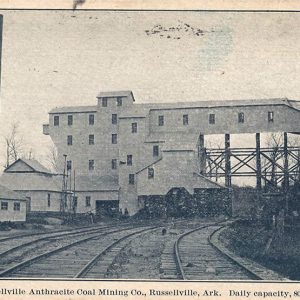

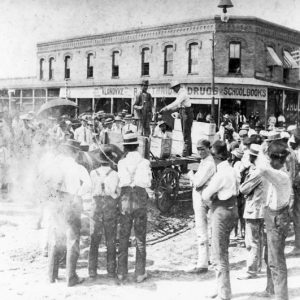
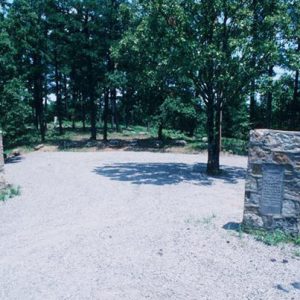
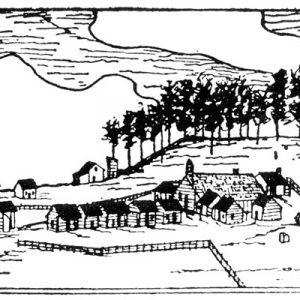

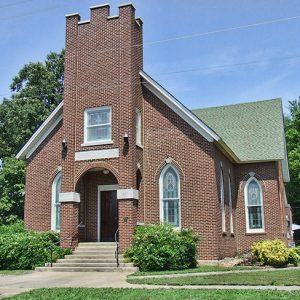


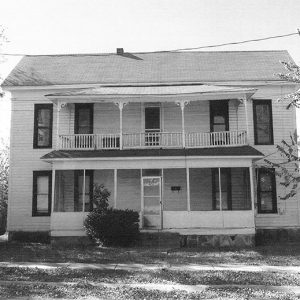
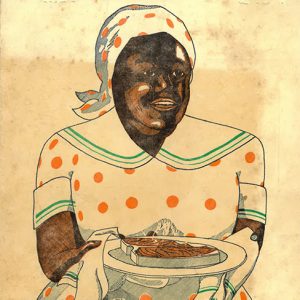
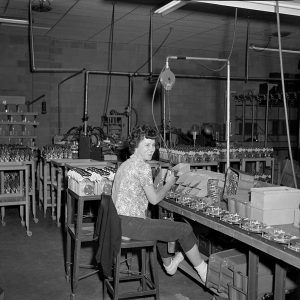
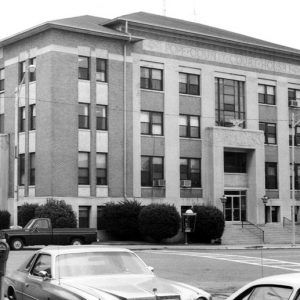
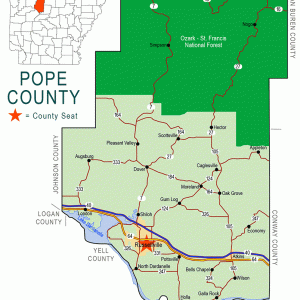
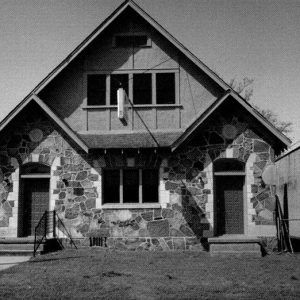
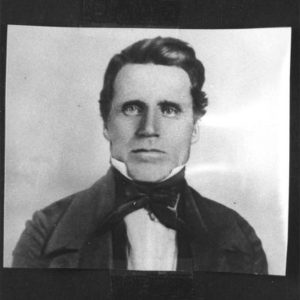
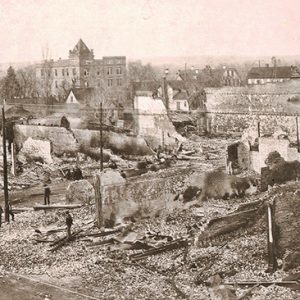

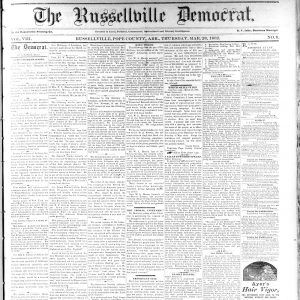
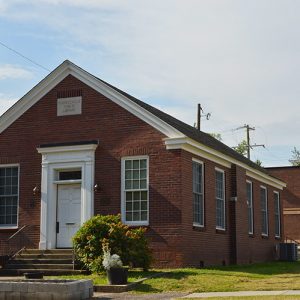
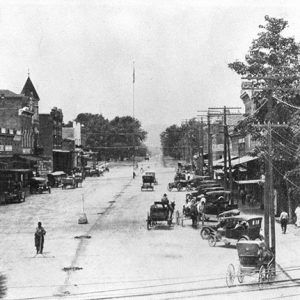




With Dr. Thomas Russell was his granddaughter Nola Mae Russell McCall.